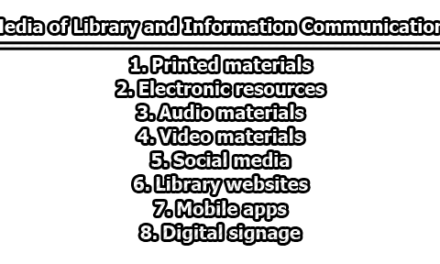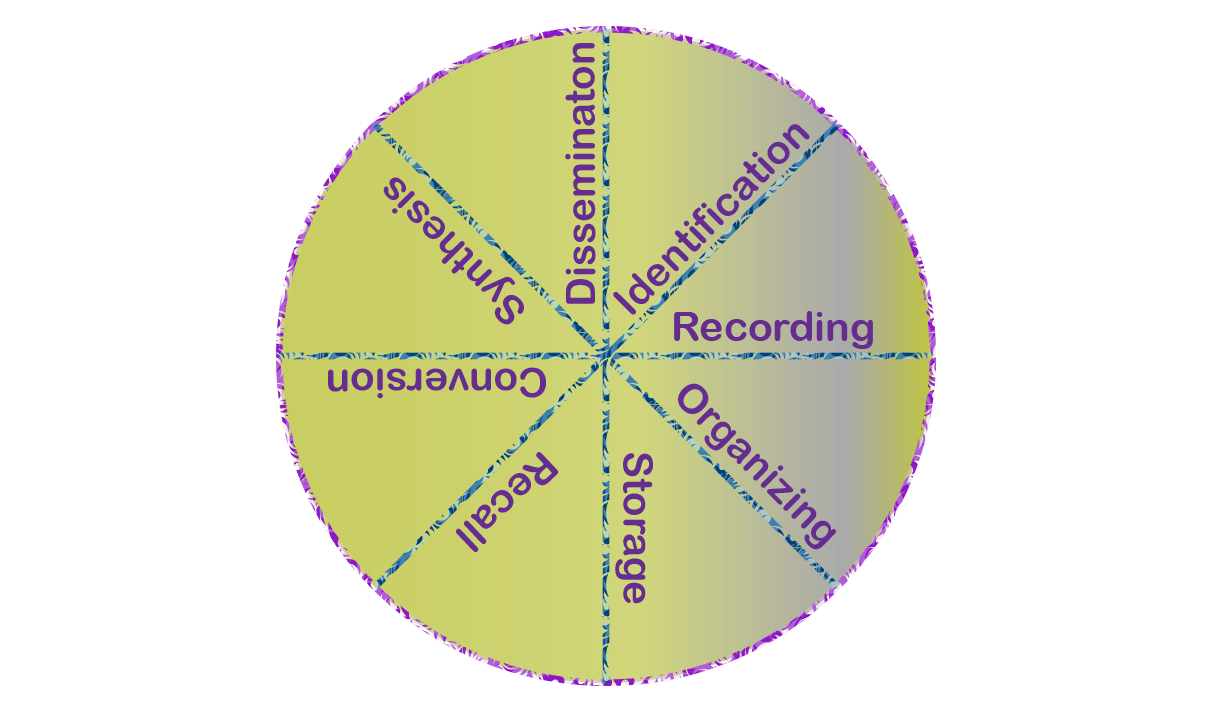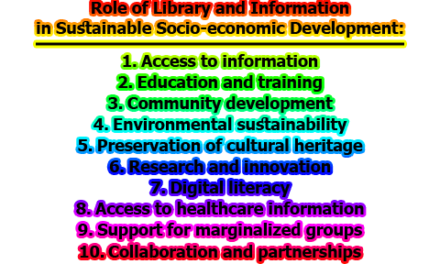Acquisition of Information Resources for School Libraries:
The acquisition of information resources is a critical process for school libraries, as it directly impacts the quality and effectiveness of educational experiences for students. School libraries play a vital role in providing access to a diverse range of materials that support learning, research, and personal development. Acquiring the right resources involves careful selection, evaluation, and procurement to ensure that the collection aligns with the curriculum, meets the needs of students and teachers, and reflects the diversity of the school community. In the rest of this article, we are going to explore the acquisition of information resources for school libraries.
1. Conduct a comprehensive needs assessment:
- Analyze the specific educational goals and objectives of the school, considering the curriculum, grade levels, and subjects taught.
- Identify the information needs of students, teachers, and other library users, taking into account their interests, reading levels, and research requirements.
- Determine the availability and adequacy of existing resources to identify gaps that need to be addressed through acquisitions.
2. Develop a collection development policy:
- Create a comprehensive policy that outlines the library’s mission, objectives, and scope.
- Define selection criteria based on relevance to the curriculum, accuracy, authority, timeliness, appropriateness, and cultural diversity.
- Establish guidelines for evaluating and deselection of materials to ensure the collection remains current, accurate, and aligned with educational goals.
- Include a clear budget allocation and procedures for budget management.
3. Establish vendor relationships:
- Research and identify reputable vendors, publishers, and distributors who specialize in educational resources suitable for school libraries.
- Communicate with vendors to understand their offerings, pricing models, and availability of discounts for educational institutions.
- Develop ongoing relationships with vendors to stay informed about new releases, promotions, and updates in the field of educational resources.
- Explore the option of consortium purchasing to leverage collective buying power and negotiate better pricing and terms.
4. Secure funding sources:
- Collaborate with school administrators, budget committees, and other stakeholders to develop a realistic budget for acquiring information resources.
- Seek funding from various sources such as the school district budget, grants specifically designated for library acquisitions, fundraising efforts, and community partnerships.
- Present the importance of a well-stocked library and its impact on student’s educational outcomes to gain support for adequate funding.
5. Consider diverse formats and resources:
- Identify the range of formats that best suit the needs of library users, including print books, e-books, audiobooks, periodicals, reference materials, multimedia resources, and online databases.
- Take into account the preferences and learning styles of students and teachers when selecting formats and resources.
- Consider the technological infrastructure and capabilities of the school to determine the feasibility of adopting digital resources.
6. Implement a streamlined acquisitions workflow:
- Develop a systematic process for ordering materials, including creating purchase orders, verifying bibliographic information, and submitting requests to vendors.
- Establish protocols for cataloging and processing acquired materials, ensuring accurate metadata and adherence to recognized standards such as MARC and RDA.
- Determine efficient procedures for receiving and checking the physical condition of materials upon delivery.
- Coordinate with other library staff members involved in acquisitions, cataloging, and processing to ensure smooth workflow integration.
7. Engage teachers and students in the selection process:
- Foster collaborative relationships with teachers and involve them in the selection process by seeking their recommendations and feedback.
- Encourage teachers to participate in the evaluation and selection of resources that align with their curriculum and teaching strategies.
- Solicit input from students through surveys or focus groups to understand their interests and reading preferences.
8. Leverage professional networks:
- Attend conferences, workshops, and webinars related to library acquisitions and collection development.
- Join professional associations and online communities to connect with other librarians and educators who can provide valuable insights, recommendations, and best practices.
- Engage with subject experts, curriculum specialists, and educational consultants to stay informed about emerging trends and resources in specific subject areas.
9. Emphasize quality and diversity:
- Prioritize resources that are authoritative, accurate, and up-to-date, ensuring they support the educational objectives of the school.
- Consider the cultural diversity of the student body and aim to include resources that represent a wide range of perspectives, experiences, and backgrounds.
- Evaluate resources for bias, stereotypes, or inaccuracies, and strive to provide a balanced collection that promotes inclusivity and cultural understanding.
10. Continuously evaluate and improve:
- Regularly assess the effectiveness of the library’s collection by gathering feedback from students, teachers, and other library users.
- Conduct surveys, focus groups, or informal discussions to understand user satisfaction, identify areas for improvement, and gauge the relevance of the collection to users’ needs.
- Use data and feedback to inform future acquisitions, adjust selection criteria, and make informed decisions on resource allocation.
- Stay up-to-date with changes in curriculum, educational standards, and advancements in technology to ensure the library’s collection remains current and relevant.
In conclusion, the acquisition of information resources for school libraries is an ongoing process that requires dedication, collaboration, and a commitment to excellence. A carefully curated collection not only supports academic success but also nurtures a lifelong love for reading, research, and intellectual growth. By following the guidelines outlined in this guide, school libraries can create an environment that empowers students, teachers, and the entire school community to thrive and succeed in their educational endeavors.
FAQs:
How can I determine the specific information needs of my school library?
To determine the specific information needs of your school library, conduct a comprehensive needs assessment. This involves analyzing the curriculum, grade levels, and subjects taught in the school. Engage with teachers, students, and other stakeholders to understand their interests, reading levels, and research requirements. Consider conducting surveys, interviews, or focus groups to gather feedback and insights.
How do I establish vendor relationships for acquiring information resources?
To establish vendor relationships, research and identify reputable vendors, publishers, and distributors that specialize in educational resources suitable for school libraries. Attend conferences and join professional associations to connect with vendors and stay informed about their offerings. Communicate with vendors to understand their pricing models, availability of discounts for educational institutions, and any special offers. Building positive relationships with vendors will facilitate access to a wide range of materials and updates on new releases.
What are some effective funding sources for acquiring information resources?
Funding sources for acquiring information resources can include the school district budget, grants specifically designated for library acquisitions, fundraising efforts, and community partnerships. Collaborate with school administrators, budget committees, and other stakeholders to develop a realistic budget and present the importance of a well-stocked library to gain support for funding. Additionally, explore opportunities for consortium purchasing to leverage collective buying power and negotiate better pricing and terms.
How should I evaluate the effectiveness of the library’s collection?
Evaluating the effectiveness of the library’s collection can be done through user feedback and data analysis. Conduct surveys, focus groups, or informal discussions with students, teachers, and other library users to gather their feedback on the collection. Analyze circulation statistics, usage data, and circulation patterns to identify popular resources and areas that require improvement. Regularly review and assess the collection against the library’s objectives, curriculum alignment, and user satisfaction to make informed decisions for future acquisitions.
How can I ensure the collection represents diversity and inclusivity?
Ensuring diversity and inclusivity in the collection involves several strategies. Consider the cultural diversity of the student body and aim to include resources that represent a wide range of perspectives, experiences, and backgrounds. Evaluate resources for bias, stereotypes, or inaccuracies. Seek input from teachers, students, and diverse communities when selecting materials. Engage in ongoing professional development to expand your knowledge of diverse resources and representation in literature. Regularly review and update the collection to reflect changing societal norms and ensure inclusivity.
References:
- American Association of School Librarians. (2018). National School Library Standards for Learners, School Librarians, and School Libraries. American Library Association.
- Haycock, K. (2007). The Indispensable Librarian: Surviving (and Thriving) in School Media Centers in the Information Age. Libraries Unlimited.
- Loertscher, D. V., & Woolls, B. (2016). The School Librarian’s Role in the Digital Age. Libraries Unlimited.
- Mardis, M. A. (2018). School Librarianship: Past, Present, and Future. ALA Editions.
- Preddy, L. (2015). School Library Makerspaces: Grades 6-12. ALA Editions.

Former Student at Rajshahi University










